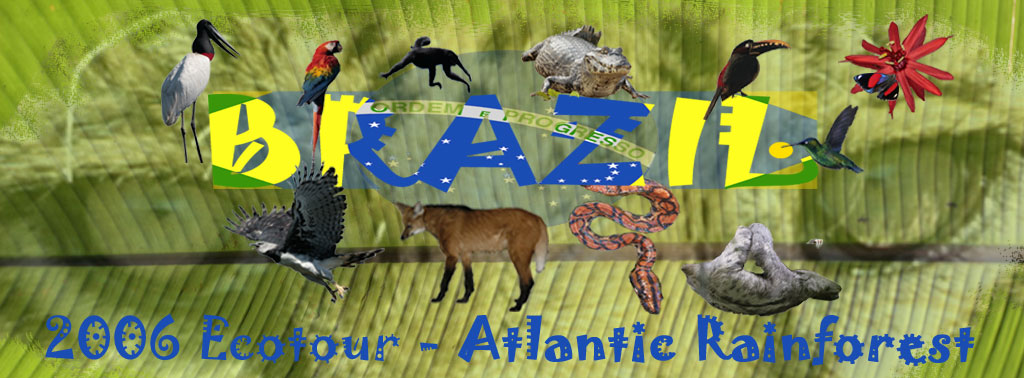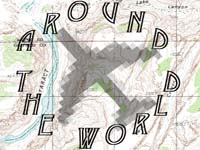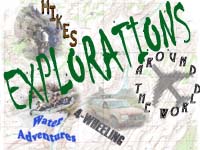
Atlantic Rainforest Intro

Atlantic Rainforest Intro
Added 3 September 2006
Visiting the Atlantic Rainforest (Mata Atlantica) wasn't even under consideration when I started researching and planning our trip, but I realized pretty early on that it would be nice if I could work it in to the plan. It is one of the five richest biodiversity biomes on earth, and was designated as an International Biosphere Reserve by UNESCO in 1992.
Located in the coastal zone that is often easiest and most appealing for development, the Atlantic Rainforest is one of the most endangered ecosystems in South America. Only 5% of the Atlantic Rainforest that Europeans found when reaching South American still exists today, and there are still development pressures on the little that remains. In some areas, the rate of destruction is actually increasing. This, to a habitat that is home to 70% of vertebrate species in Brazil that are classified as endangered. In addition, many plant and animal species are endemic to the Atlantic Rainforest, meaning they exist nowhere else. When this forest is gone, and it nearly is, many many species will disappear with it.
The main threat to the Atlantic Rainforest today is agriculture, most commonly coffee. As with most rainforest ecosystems, the abundance of the vegetation masks a paucity of nutrients in the soil. Agricultural activities can be sustained for less than 20 years before it is infertile and incapable of supporting crops. At that point, more land has to be cleared by farmers to sustain their income.
Fortunately, there are a few bright spots within this bleak landscape, and we were fortunate enough to visit a couple of them on our journey through Brazil. We first visited Santuário do Caraça (Caraça Monastery), which lies within Parque do Caraça, southeast of Belo Horizonte, where we spent 2 days and 2 nights. We then drove to the town of Ipanema, our base for reaching Caratinga Biological Station.
 |
 |